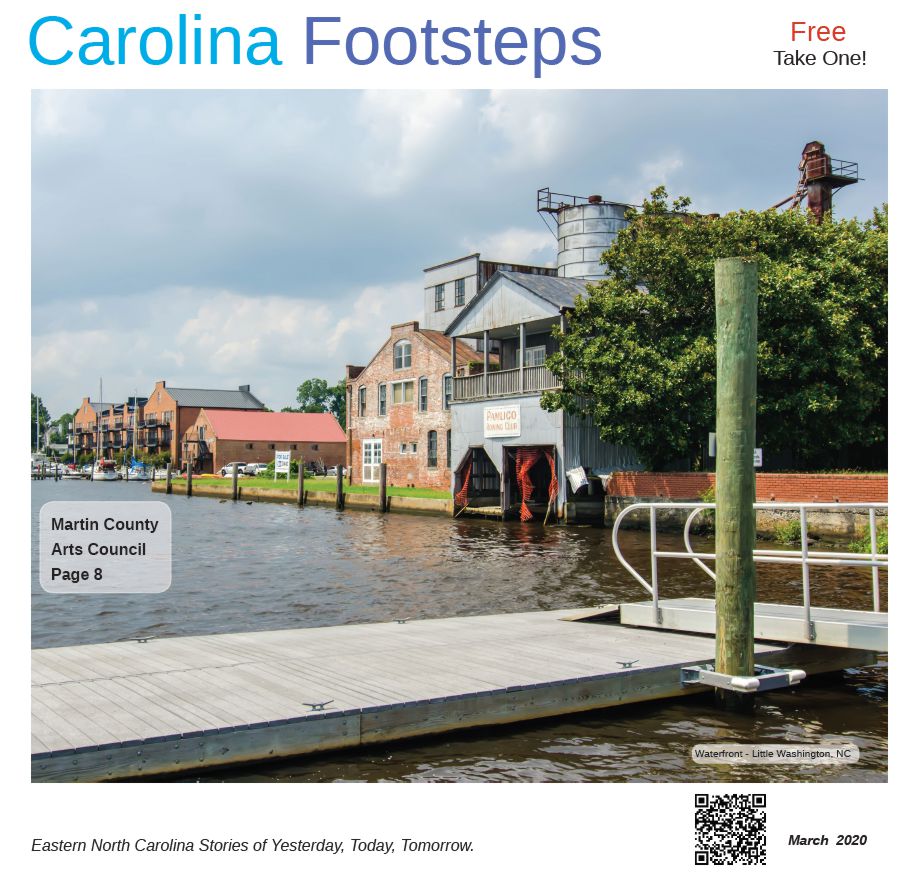When
winter storm Helena struck our area last month, many people were
caught unprepared. One day you’re enjoying your home and
neighborhood; the next, your world is an icy wonderland. While
winter ice storms and hurricanes cannot be forecast with certainty, a
wise person once said, “Death and taxes are a sure thing.”
This
is the first of a two-part series designed to assist you with your
estate planning. I found these suggestions most timely for my own
estate planning and believe that even if you implement only one point
from this list, those you leave behind will benefit.
-
Make a treasure map. Make sure you have a list of your assets and where they are located. Your family members may spend a lot of time and money searching for assets if you do not make a list. Sometimes they are looking for small insurance policies or old stock certificates. If bought many years ago, these assets may be worth a lot of money, but if they don’t know you were a shareholder, they may be lost.
-
Make a list of your valuable items. These items could be of monetary or sentimental value. It is important for your family to know why an item is valuable. Often, a painting, a piece of furniture, a statue, or a decoy will be sold at an estate sale for less than its true value unless it is known that it has a special signature, it was created by a particular artist, etc. Also, sentimental value should be listed for certain articles – my great grandmother’s chair or the ring my mother left me are a few examples. This is important for family members and the sentimental value may be lost if you do not point it out. Sometimes the use of a video with a narrative may be helpful.
-
Write a guilt burden release letter. This letter will state what kind of care you want should you become incapacitated. If you want your children to put you in a nursing home when you can no longer take care of yourself, then this sort of letter would relieve the family from making any kind of decision which will create a burden of guilt. If you wish your assets to be spent on private care, the decision should be yours to make while you still have the capacity to do so.
-
Make funeral arrangements in advance. State the church or synagogue. Give specific details. Do you want to be buried or cremated?
-
Keep important documents with your will or state where these documents can be found. Such documents include stock certificates, deeds, and life insurance policies.
Part two of this series will offer more estate planning suggestions
that will not only benefit those you love, but might even save your
estate unnecessary expenses. I hope you will keep this article with
your will or trust instrument, and re-read it periodically as the
need arises.
Getting Your House in Order – Part 1 -- by Stella Knight
 Reviewed by kensunm
on
7:00:00 PM
Rating:
Reviewed by kensunm
on
7:00:00 PM
Rating:
 Reviewed by kensunm
on
7:00:00 PM
Rating:
Reviewed by kensunm
on
7:00:00 PM
Rating:







No comments: